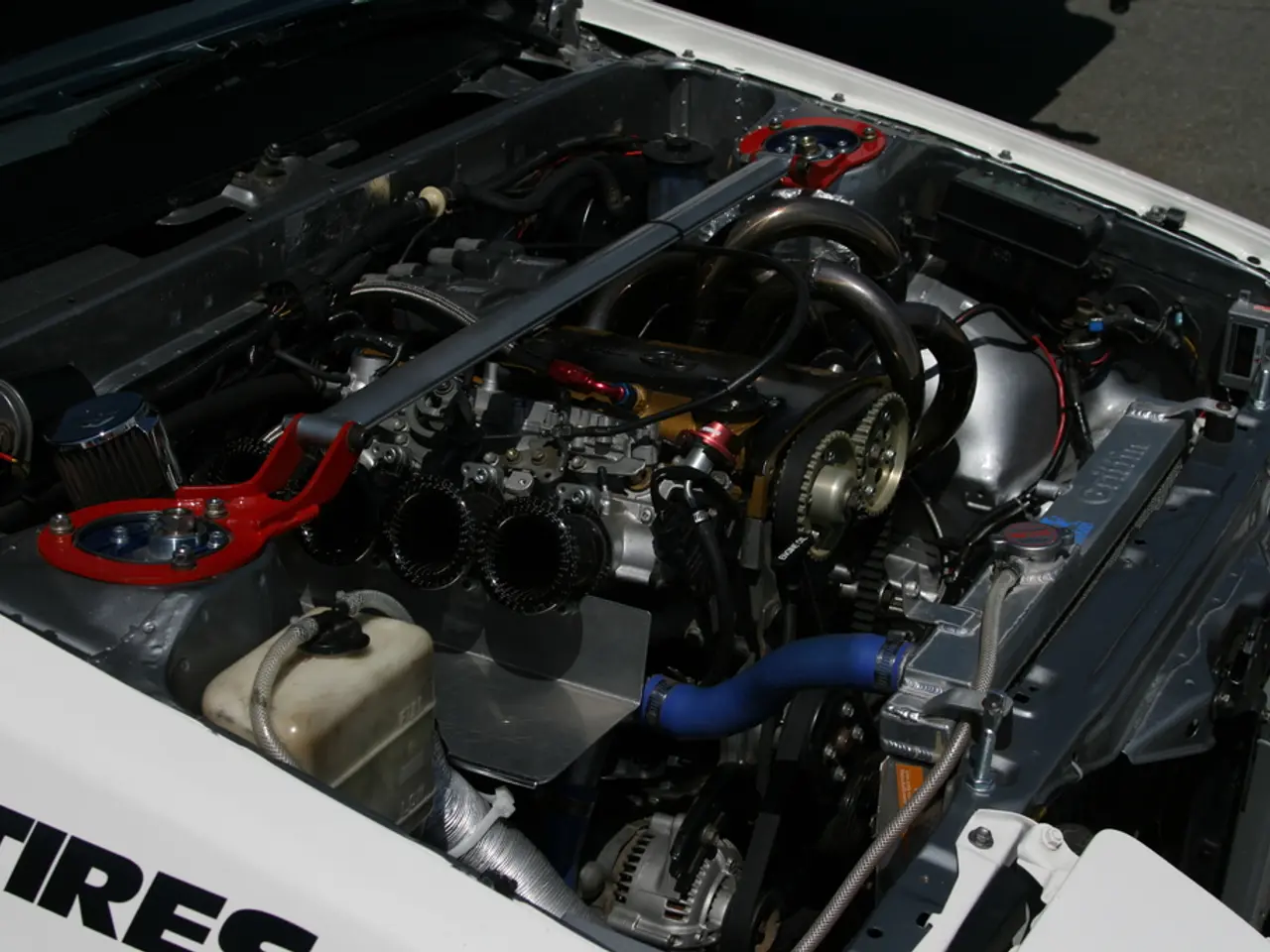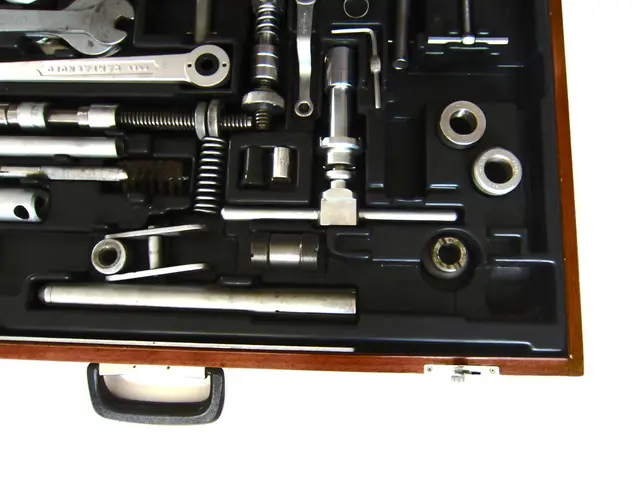Stellantis Introduces New "AC" Battery Design
Stellantis, the multinational automobile manufacturing company, is making waves in the electric vehicle (EV) industry with its new innovation, the Intelligent Battery Integrated System (IBIS). This revolutionary system, developed in collaboration with Saft, aims to redefine EV technology by integrating charging and conversion functions directly into the battery pack.
The IBIS design eliminates the need for a power electronics module (PEM), on-board AC charger, and converts the battery pack from DC to AC. This streamlined approach offers several benefits, including a 10% improvement in energy efficiency on the World Light-Duty Test Cycle and a 15% increase in power output from 150-kW to 172-kW.
One of the key advantages of IBIS is its ability to reduce overall energy conversion losses. This improvement works in both directions, with a 10% reduction in losses while charging and a 15% reduction in charging time. This efficiency boost is achieved by integrating a small inverter and control circuitry on each module within the battery pack.
The elimination of the separate PEM and on-board charger (OBC) also results in a significant weight savings of about 88-lbs. In traditional EVs, a PEM is used to convert DC from the battery to AC to feed the motors, and an OBC is used to convert AC from an outlet or Level 2 charger into DC for the battery. The noisy AC sine wave produced by the PEM in traditional EVs can cause a loss in efficiency of the propulsion system. However, each AC flow in the IBIS design produces a cleaner sine wave, resulting in a more efficient process.
Stellantis has already implemented the IBIS system in a Peugeot e-3008 for testing purposes. The IBIS design in the Peugeot e-3008 produces a 172-kW power output. This system can work with lithium iron phosphate or even solid-state cells, and provides more precise control over the overall output of the battery.
While the IBIS design is a significant step forward, it is still in the development and refinement stage. Stellantis claims that IBIS could appear in production by the end of the decade. The first fully functional prototype with IBIS technology is a Peugeot E-3008 on the STLA Medium platform, which has been undergoing public practice tests since September 2025.
In conclusion, Stellantis' IBIS is set to revolutionise the electric vehicle industry with its innovative approach to battery design. By integrating charging and conversion functions directly into the battery pack, IBIS offers improved energy efficiency, reduced weight, and a more streamlined EV system. As the technology continues to develop and refine, we can look forward to a future of more efficient and powerful electric vehicles.








